Microdermabrasion Vs. Chemical Peel: Key Differences
Take the right decision for your precious skin by learning more about these two procedures.
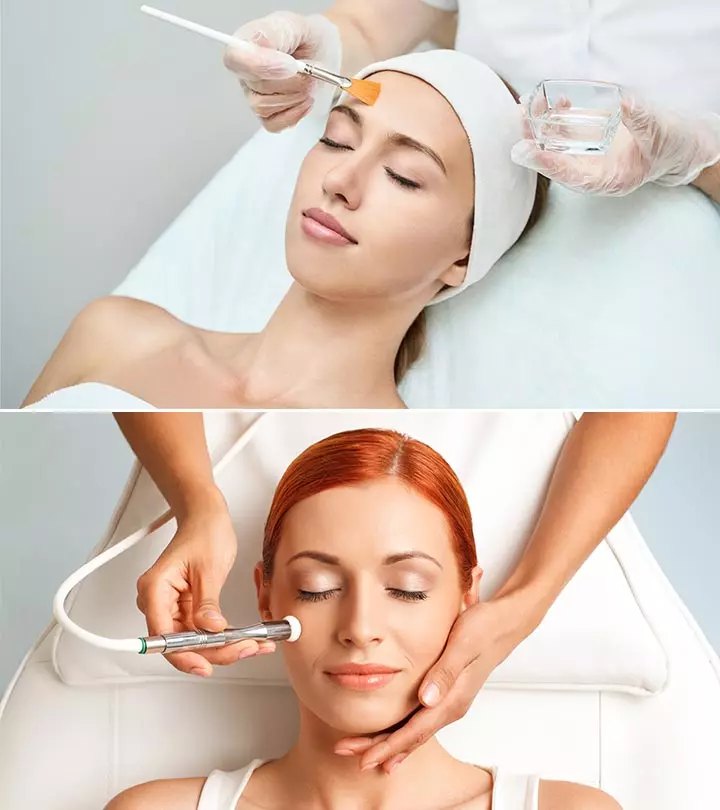
Image: Shutterstock
Chemical peels vs. microdermabrasion – many people face this dilemma as they don’t know which one will be better for their skin needs.
Chemical peels and microdermabrasion are two different methods of deep exfoliation. These procedures treat acne scars, fine lines, wrinkles, and dark spots. Depending on your skin type and issues, you can choose either one.
Both of these cosmetic procedures are non-invasive cosmetic treatments. While a special hand-held tool is used to perform microdermabrasion, chemical peels involve the application of an acidic solution. These treatments work on the outermost layer of skin to remove the dull dead skin cells.
 Did You Know?
Did You Know?In this article, we will take you through all the fundamentals of chemical peels and microdermabrasion – how they are performed, their benefits, and potential side effects – so that you can make an informed decision to get that youthful glow and vibrant skin. Keep scrolling!
In This Article
What Is Microdermabrasion?
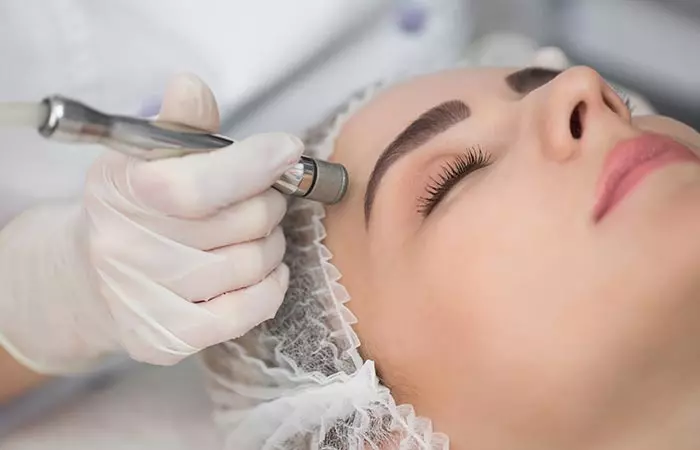
Microdermabrasion is a non-invasive cosmetic procedure used to resurface the outermost layer (epidermis) of your skin. It is essentially a deep exfoliation procedure that gives your skin a smooth finish.
It is a painless procedure performed by a medically trained professional. It doesn’t take more than an hour and requires no downtime.
How Does It Work?
Microdermabrasion is performed with a wand-like handheld device with a vacuum in it. It uses abrasive crystals that are propelled onto the skin via this device. The crystals remove the topmost layer of your skin with a gentle mechanical action. This way, they reduce fine lines and also lead to more permeable skin (1).
According to a survey by the American Society for Dermatologic Surgery that included 3,527 respondents, 70% of them were contemplating cosmetic treatments to enhance their confidence and align their appearance with how youthful they feel. It also found that 44% of the respondents preferred microdermabrasion for minimally invasive, painless removal of skin.
 Trivia
Trivia
There are multiple ways to get rid of dead skin cells. If you are stuck between choosing microabrasion or chemical peels, this video is for you. Watch it now to learn about their benefits for rejuvenated skin.
What Does It Treat?
Microdermabrasion has many benefits for your skin and related concerns (2). You can use this cosmetic procedure to:
- Reduce stretch marks
- Reduce dark spots and scars
- Exfoliate the skin for a radiant appearance
- Reduce hyperpigmentation and melasma
- Reduce fine lines and wrinkles
- Shrink large pores and eliminate them over time
- Improve and even out your skin tone
Types Of Microdermabrasion
Depending on the type of material used for the procedure, microdermabrasion facials are classified into two types:
- Crystal: The crystal microdermabrasion device uses tiny abrasive crystals made of aluminum oxide, magnesium oxide, sodium bicarbonate, etc. These crystals are released in a constant flow onto your skin for gentle abrasive exfoliation. The procedure is painless and requires no post-treatment care (1).
- Diamond Tip: A diamond tip handpiece is embedded with diamonds. It works by exfoliating your skin deeply to reduce the appearance of dark spots, scars, and fine lines. This procedure is also painless and needs no downtime or recovery (1).
Other than these two types, another common procedure often associated with microdermabrasion is hydradermabrasion or HydraFacial. It utilizes water or other dermal or medicinal infusions to mechanically stimulate your skin. It works similarly to a microdermabrasion procedure and is more suitable for people whose skin gets irritated by crystals.
Side Effects Of Microdermabrasion
Microdermabrasion is a safe procedure for most skin types. In rare cases, patients may experience side effects. However, they are usually mild and go away in a few hours.
Here are the potential side effects of microdermabrasion:
- Skin Redness: Redness is common and a result of dilated capillaries caused by the friction between your skin and the crystals. Skin redness is temporary and may disappear in a few hours. But if you have sensitive skin, it may last longer (3).
- Sun Damage: This is a common side effect if proper care is not taken after the procedure. The removal of the upper layer of your skin makes it more sensitive to photodamage (1).
- Sensitivity: Patients may experience mild sensitivity to physical touch and other external agents for a while after microdermabrasion.
- Petechiae: This is a condition that causes small red spots on the skin. This can be due to minor injury in cutaneous blood vessels during the procedure. Petechiae can take up to 24 hours to heal but sometimes may need some more time for recovery(4).
Now that you know everything about microdermabrasion, let’s learn more about chemical peels.
Key Takeaways
- The crystals present in the microdermabrasion device remove the outermost layer of the skin, while chemical peeling involves peeling off the dead skin cells.
- Both microdermabrasion and chemical peeling help reduce dark spots, fine lines, wrinkles, hyperpigmentation, and melasma.
- Chemical peeling costs more than microdermabrasion. However, it gives long-lasting results in fewer sessions.
What Is A Chemical Peel?
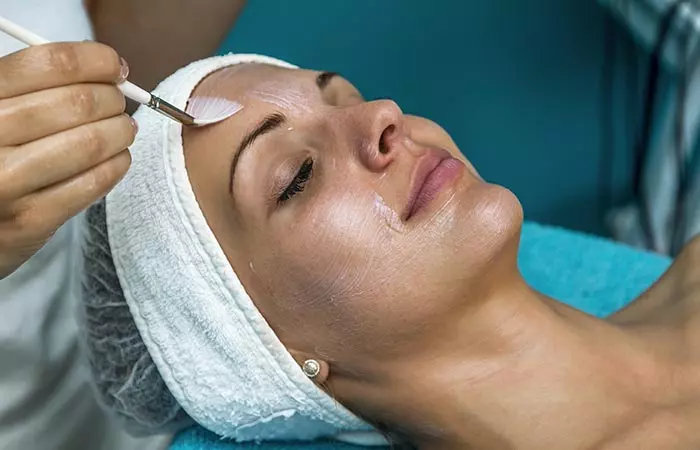
A chemical peel is also a procedure for deep exfoliation. Here, a specially formulated chemical solution is applied to your skin to peel off the topmost layer, making the skin texture even, smooth, and radiant.
The major difference between a chemical peel and microdermabrasion is that the former is a chemical procedure, whereas the latter involves mechanical exfoliation. Chemical peel takes no longer than an hour and can only be performed by an expert professional.
How Does It Work?
A chemical peel involves applying a specialized solution mostly made of either glycolic acid, trichloroacetic acid, lactic acid, or salicylic acid. The solution works by dissolving the connection between dead skin cells and the epidermis (5). This leads to the peeling of the dead skin cells over time, revealing smoother and brighter skin.
The chemical peeling procedure is usually painless. However, some patients may experience slight stinging or tingling during the process.
A blogger details her experience after chemical peel treatment, she wrote that it took about 7 days of downtime after the treatment. She experienced redness, stinging, and sunburn. The side effects subsided after 4 days, and she wrote on the 7th day, “The skin discoloration along my jawline from sun damage/pigmentation has reduced significantly, and my uneven skin tone and texture has dramatically improved. I’ve also found my fine lines have diminished and my homecare products are absorbing a lot better (i).”
What Does It Treat?
Chemical peels are popularly known for their treatment of hyperpigmentation and fine lines. Here are the skin issues a chemical peel can treat (5):
- Fine lines
- Wrinkles
- Rhytids
- Hyperpigmentation
- Photoaging
- Melasma
- Superficial scars and discoloration
- Acne breakouts and scars
Types Of Chemical Peels
Based on the intensity, chemical peels are classified into three types:
- Light Chemical Peel: Also known as superficial peeling, this only peels off the very top layer of your skin. The procedure lasts for a few minutes and often does not need a follow-up or downtime for recovery. It effectively reduces hyperpigmentation and is known to improve collage production when the skin layer is peeled off (6).
- Medium Chemical Peel: Medium chemical peeling removes the top as well as the middle layer of skin. This process is done using a stronger acid that causes skin crusting and a substantial amount of swelling. This type of chemical peel requires a follow-up visit and around a week for complete recovery.
- Deep Chemical Peel: A deep chemical peel can only be performed in an ambulatory surgical setting or an office surgery unit (5). A deep peel completely penetrates the skin and removes damaged cells. Usually, this type of treatment is used for correcting deep wrinkles or precancerous growth.
Side Effects Of Chemical Peels
Some side effects of chemical peel include:
- Skin pigmentation: This is one of the major side effects of chemical peeling, especially if you have darker skin (7).
- Redness, Stinging, and Tingling: These are common side effects and may subside after some days or weeks, depending on the type of peel.
- Secondary Fungal Or Bacterial Infections: Skin infections after chemical peels are rare but still may occur in a few patients after a medium or deep chemical peel (5).
- Post-Inflammatory Pigmentation: This side effect may occur in some cases but is temporary.
- Scarring And Milia: You may notice scars and clusters of tiny cysts in some cases.
Now, let’s answer the question that is on everyone’s mind.
Chemical Peel Vs. Microdermabrasion: Which Is Better?
The answer to the microdermabrasion vs. chemical peel question depends on each individual’s skin type and concerns.
1. Minor Skin Issues
If you have minor skin issues like fine lines, wrinkles, and acne spots, microdermabrasion is the best option to choose.
2. Acne
If you have acne, microdermabrasion can damage your skin. Thus, a chemical peel is recommended. A peel containing salicylic acid will not only help in exfoliation but also reduce the occurrence of acne by drying up the excessive sebum.
3. Hyperpigmentation And Melasma
Both treatments are suitable for treating melasma and hyperpigmentation. Medium chemical peels are known to lighten melasma right from the first session. However, for better results, you may need a few more follow-up sessions.
If the melasma is superficial, it can also be treated with multiple sessions of microdermabrasion.
4. Sensitive Skin
If you have sensitive skin, microdermabrasion may irritate it further. In this case, superficial chemical peeling is the better option, as it works well on almost all skin types.
5. Acne Scars
To choose between a chemical peel versus microdermabrasion for acne, consider the type of acne scars you have. You can opt for microdermabrasion for acne scars that are raised or bumpy. On the other hand, a chemical peel is more suitable for pits or deeper scars caused due to acne.
6. Results, Cost, And Duration
You may consider other factors like duration, cost, and longevity before picking the best procedure for you. For example, if you need a procedure to show immediate results, microdermabrasion is the better option. It will give you an instant radiance that lasts 2 weeks.
But for the best results, more sessions may be needed.
In contrast, with just one round of chemical peel, you may see results without frequent follow-up treatments. Also, if you need longer-lasting results, a chemical peel is the better choice. The radiant skin revealed after peeling will last up to 2 months.
Now, let’s answer some more frequently asked questions about these procedures.
Which Is More Commonly Used – Chemical Peel Or Microdermabrasion?
For treating skin issues like fine lines and dark spots, both microdermabrasion and chemical peeling are popular.
However, for treating deep wrinkles and pit acne scars, a chemical peel is more common. Microdermabrasion is known for its immediate skin-smoothening effect and is a popular procedure for quick results.
Which Procedure Is More Affordable?
According to the American Society of Plastic Surgeons, the average cost of a microdermabrasion session is around $136 (8). A chemical peel is more expensive and costs somewhere around $644 (9).
Since microdermabrasion is a mechanical procedure, it is more affordable than a chemical peel. Chemical peels may require a surgical setting, a doctor, and expensive chemicals for the process. Thus, the cost of a chemical peel procedure is relatively higher.
Even though chemical peels cost more, they give you longer-lasting results in fewer sessions. That said, if you have fewer chronic skin issues, a microdermabrasion procedure will also give excellent results. So, consider the total sessions needed for the procedure of your choice and compare the combined cost. This will give you a better understanding of each procedure’s affordability.
Can You Get A Chemical Peel And Microdermabrasion At The Same Time?
Yes. You can get both microdermabrasion and chemical peel procedures at the same time. In fact, it is common for clinicians to suggest microdermabrasion to prepare the skin just before a chemical peel is done. This helps in the exfoliation of the skin, allowing the chemicals to penetrate deeper into the skin and lead to a uniform result.
Note that performing both procedures together is not recommended for people with sensitive skin as it can cause irritation. People with sensitive skin can either choose between HydraFacial and a medium chemical peel.
Also, while it is okay to get a chemical peel done after microdermabrasion, it is not recommended to do the opposite. Your skin becomes sensitive to external stimuli after a chemical peel. Performing mechanical exfoliation on it can irritate the skin and potentially damage the skin cells. So, if you wish to opt for microdermabrasion after a chemical peel, it is best advised to wait at least a few weeks.
Chemical peels and microdermabrasion are two exfoliation procedures widely used in the cosmetic industry. They help treat skin issues like wrinkles, fine lines, acne scars, and dark spots. But if you want to know the difference between chemical peel and microdermabrasion and which one you should choose for your skin, you may have to know what each method treats and its side effects. If you want to treat deep wrinkles and pitted acne scars, you may choose chemical peels, but microdermabrasion is one of the best anti-aging treatments if you wish for quick results. Consult a dermatologist to know more about the procedures and decide which one suits your issue and skin type.
Remember:
it is advisable to always choose a qualified expert to perform such procedures and follow proper aftercare. Make a note of the side effects and consult a certified professional for advice before choosing any of these procedures.
Frequently Asked Questions
Who is not suitable for microdermabrasion?
People with moderate to severe acne, rosacea, cold sore, wound, eczema or psoriasis are not suitable for microdermabrasion. Consult your dermatologist before opting for the procedure.
Does your face peel after microdermabrasion?
It is common to experience minor peeling after microdermabrasion. Apply gentle moisturizer to keep your skin hydrated and prevent dryness.
Is microdermabrasion better than exfoliation?
Microdermabrasion is a type of deep exfoliation that gives you smoother and supple skin. Both chemical peels and microdermabrasion are safe and effective methods for treating a wide range of skin conditions. Microdermabrasion is ideal for people with dark spots, wrinkles, and fine lines. Chemical peels are ideal for people with acne scars and melasma. Consult your dermatologist to understand which treatment is suitable for you.
Can chemical peels be done during pregnancy?
This depends on the type of chemical peel. Salicylic and trichloroacetic acid peels are generally avoided during pregnancy due to its high correlation with fetal retardation. However, glycolic and lactic acid peels are generally considered safe due to their limited penetration into the skin (10). Typically, cosmetic surgeons and dermatologists advise postpartum mothers to wait at least one year after giving birth to go for a facial peel. Hence, consult your doctor to know more.
Can microdermabrasion be done at home?
Yes, there are several at-home microdermabrasion kits available in the market that can help loosen skin cells from the face. But they will penetrate shallowly as compared to professional in-office treatments. Ultimately, it boils down to your personal preference. If you need something more strong and effective, it is better to opt for professional treatments done by dermatologists.
Personal Experience: Source
StyleCraze's articles are interwoven with authentic personal narratives that provide depth and resonance to our content. Below are the sources of the personal accounts referenced in this article.
(i) What To Expect When You Get A Chemical Peelhttps://medium.com/@simplifiedmedia/what-to-expect-when-you-get-a-chemical-peel-67b3869a0278
References
Articles on StyleCraze are backed by verified information from peer-reviewed and academic research papers, reputed organizations, research institutions, and medical associations to ensure accuracy and relevance. Read our editorial policy to learn more.
- Microdermabrasion
https://www.ncbi.nlm.nih.gov/books/NBK535383/ - Microdermabrasion
https://www.plasticsurgery.org/cosmetic-procedures/microdermabrasion/ - The evaluation of aluminum oxide crystal microdermabrasion for photodamage
https://pubmed.ncbi.nlm.nih.gov/11737128/ - Purpuric and petechial rashes in adults and children: initial assessment
https://www.bmj.com/content/352/bmj.i1285 - A Practical Approach to Chemical Peels
https://www.ncbi.nlm.nih.gov/pmc/articles/PMC6122508/ - Glycolic acid treatment increases type I collagen mRNA and hyaluronic acid content of human skin
https://pubmed.ncbi.nlm.nih.gov/11359487/ - Assessing the safety of superficial chemical peels in darker skin: A retrospective study
https://pubmed.ncbi.nlm.nih.gov/29518457/ - Microdermabrasion
https://www.plasticsurgery.org/cosmetic-procedures/microdermabrasion/cost - Chemical Peels
https://www.plasticsurgery.org/cosmetic-procedures/chemical-peel/cost - A Review Of The Safety Of Cosmetic Procedures During Pregnancy And Lactation
https://www.sciencedirect.com/science/article/pii/S2352647517300059
Read full bio of Dr. Suchana Marahatta
Read full bio of Arshiya Syeda
Read full bio of Ramona Sinha
Read full bio of Swathi E





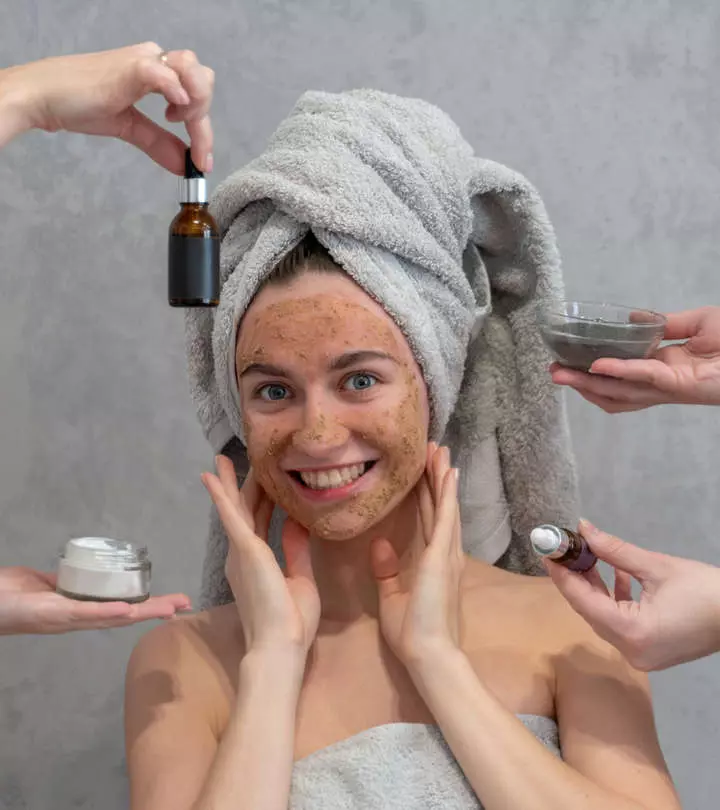
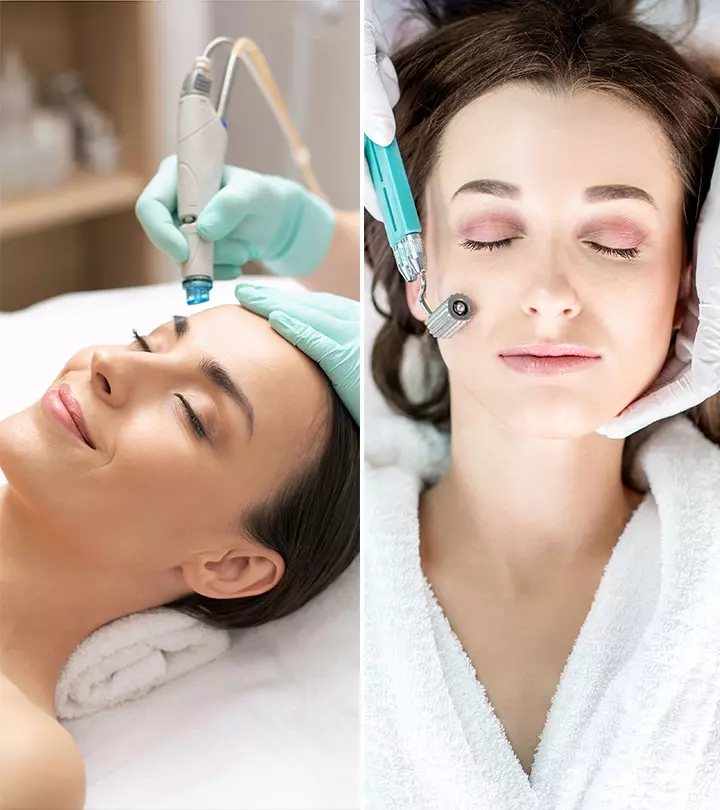

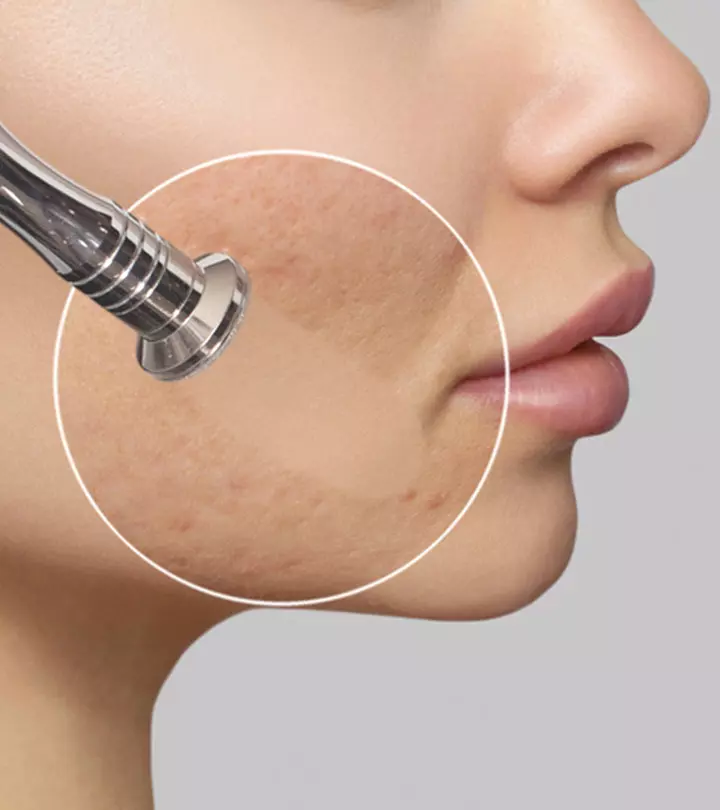

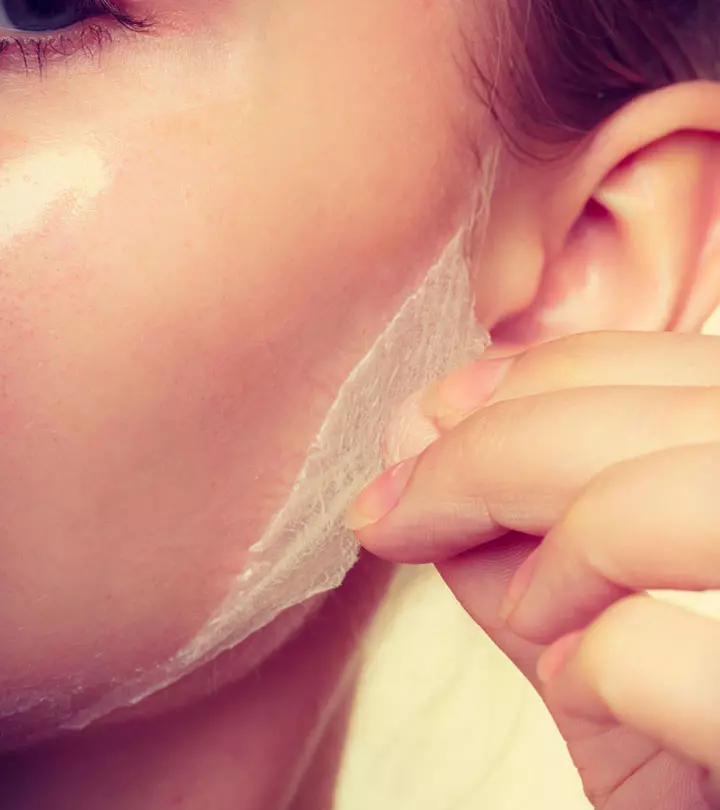
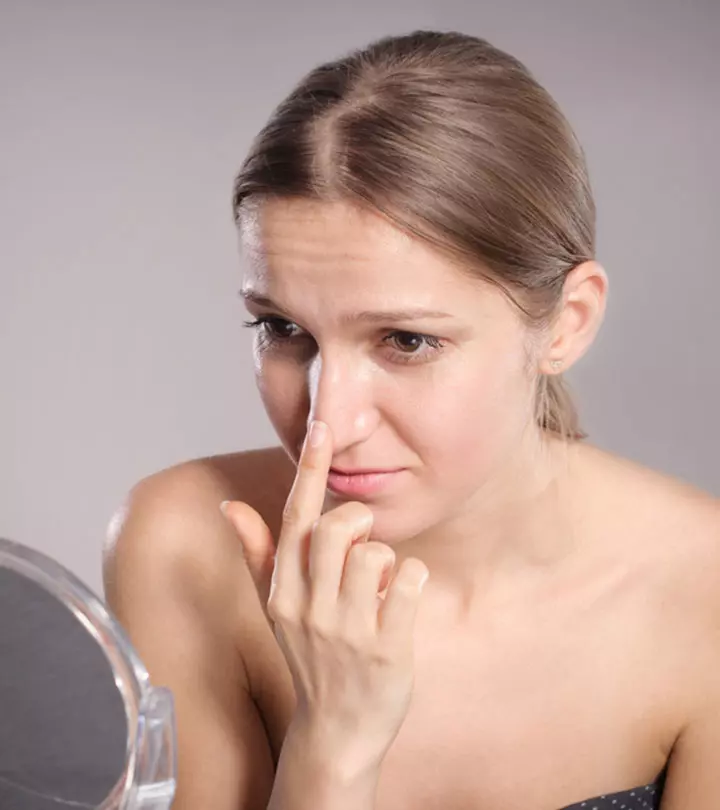
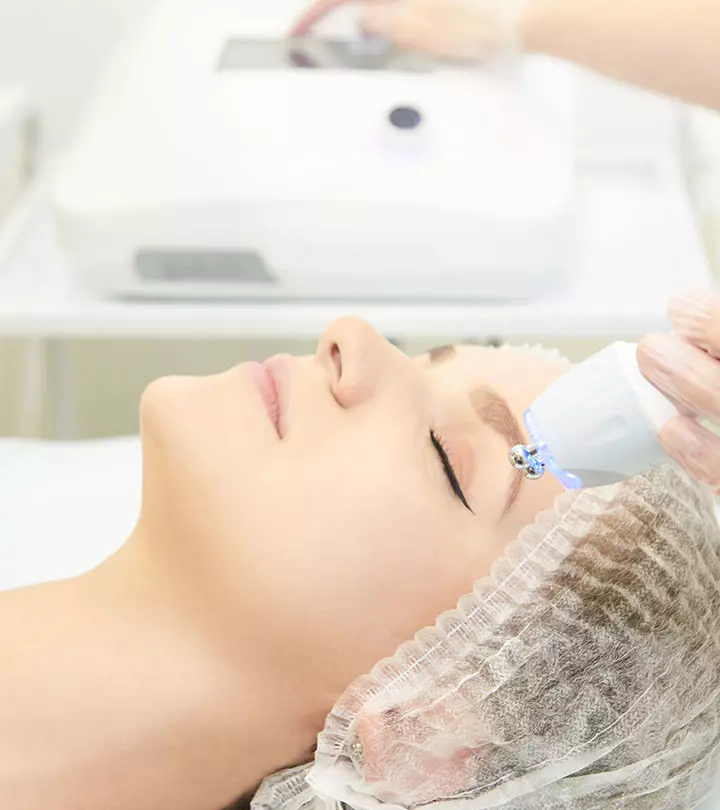

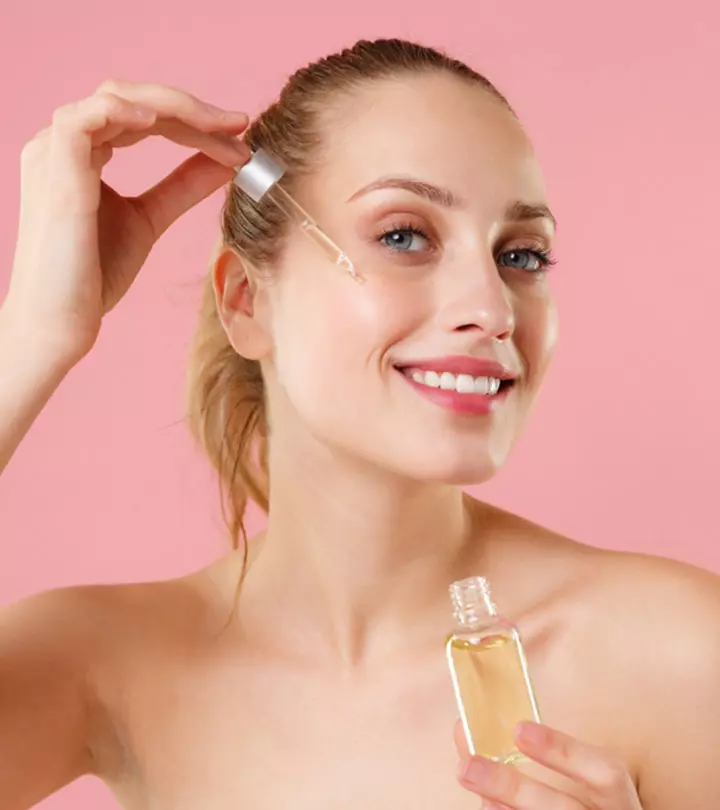
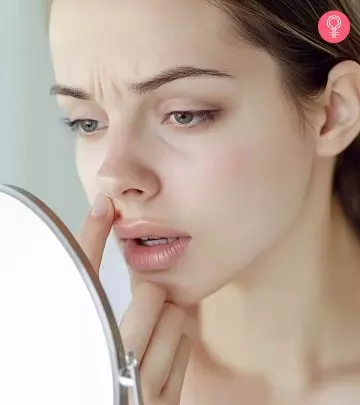
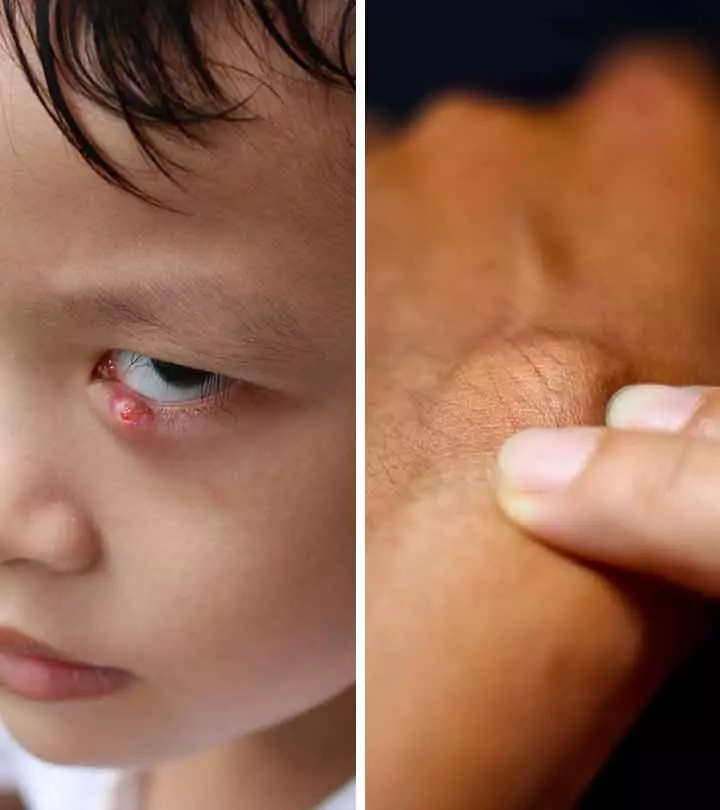
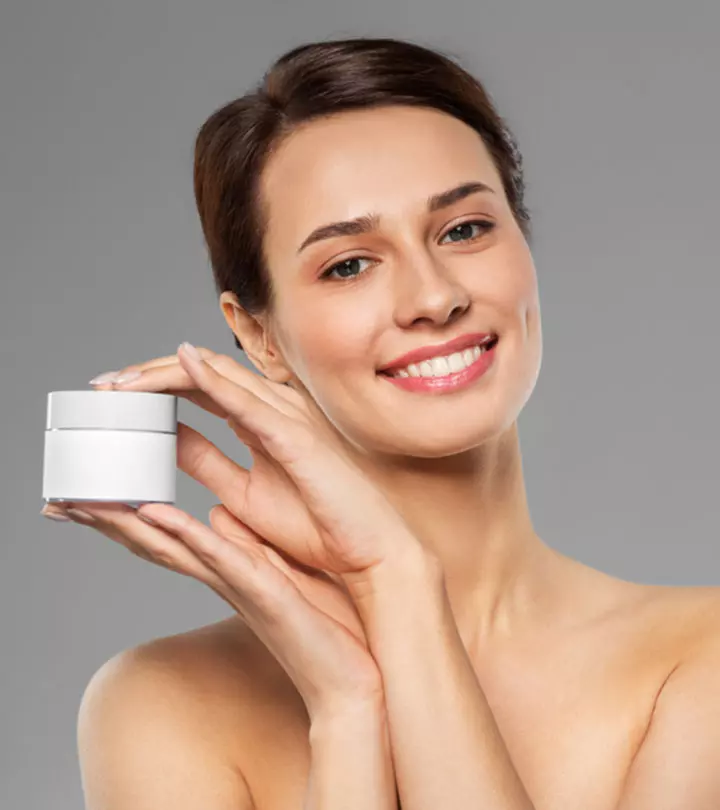

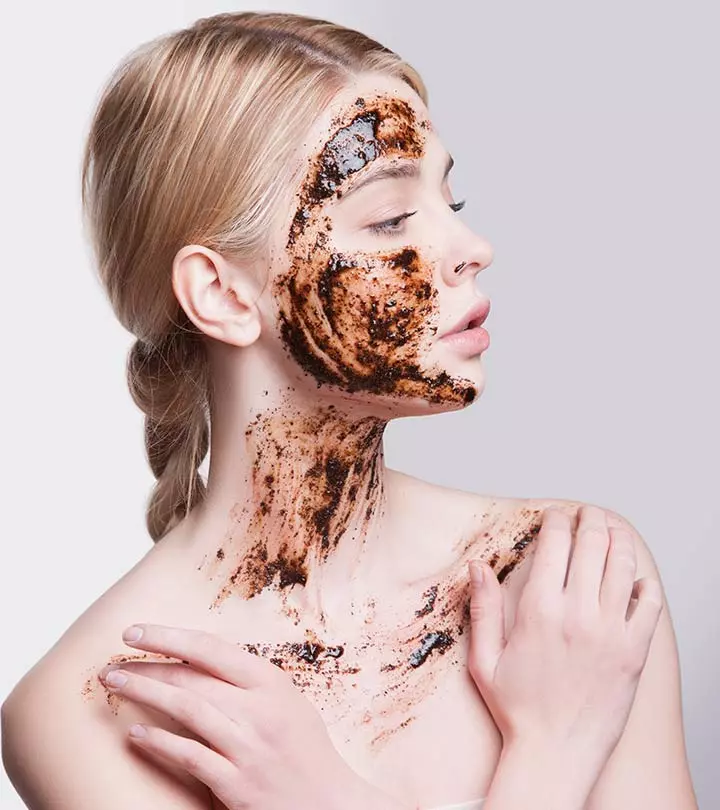

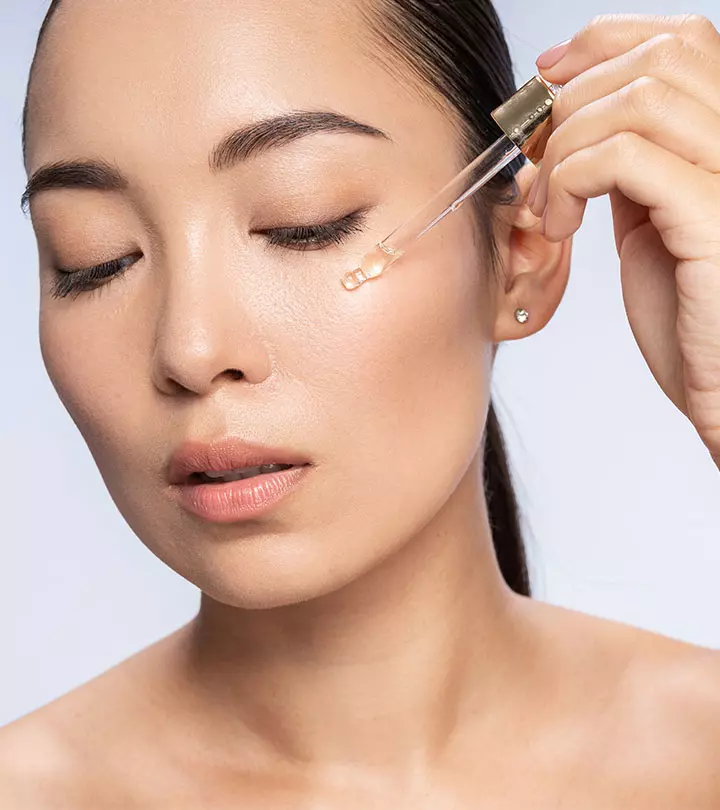
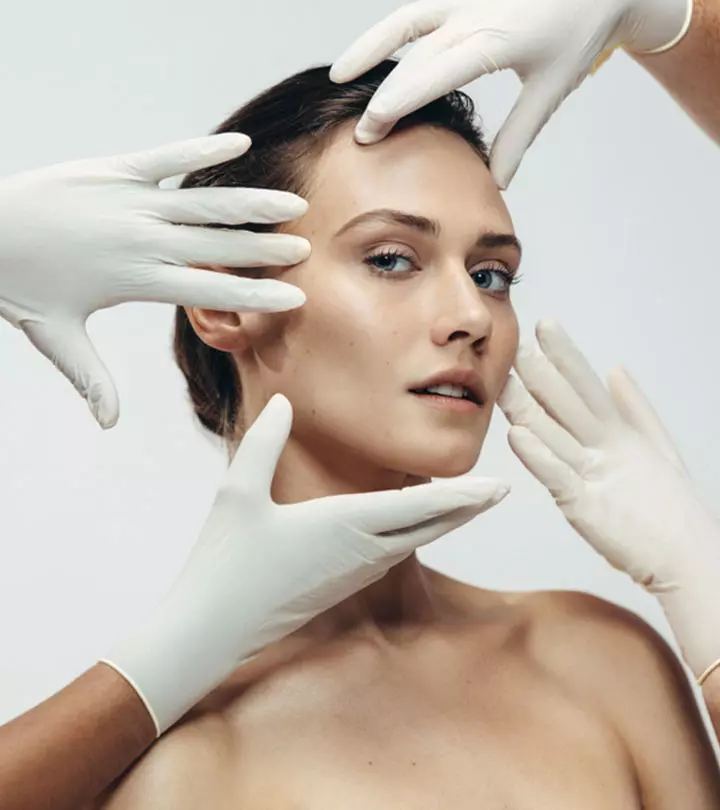
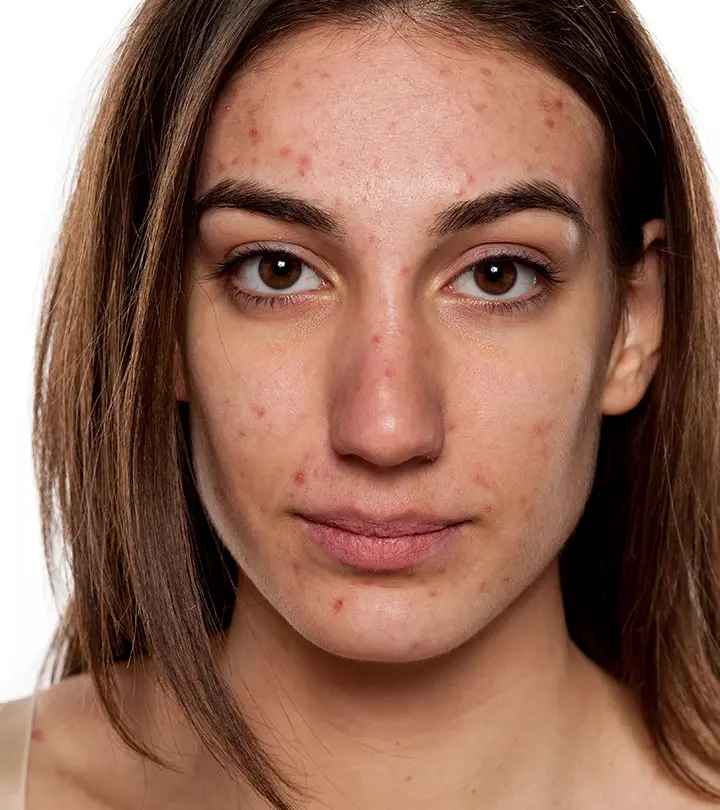
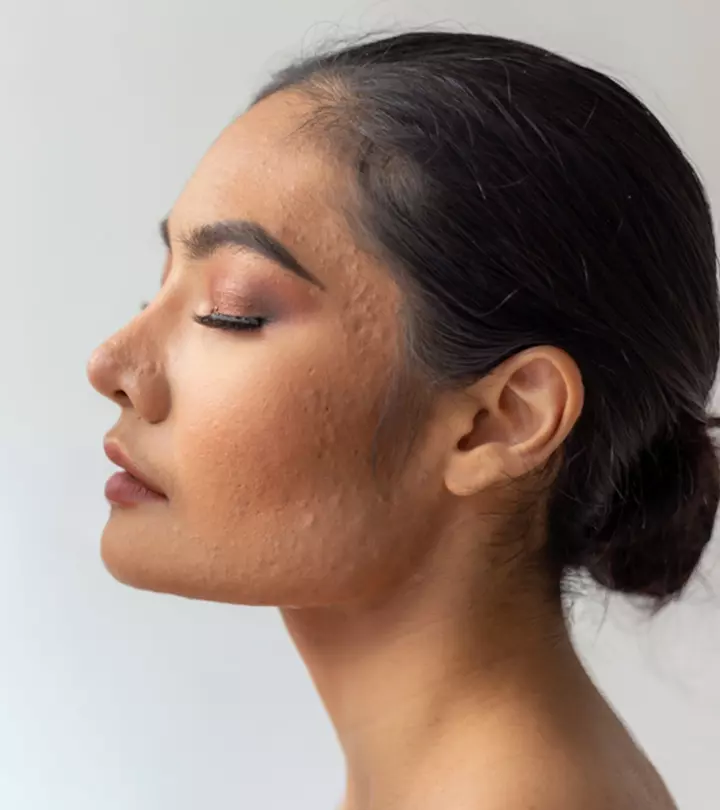
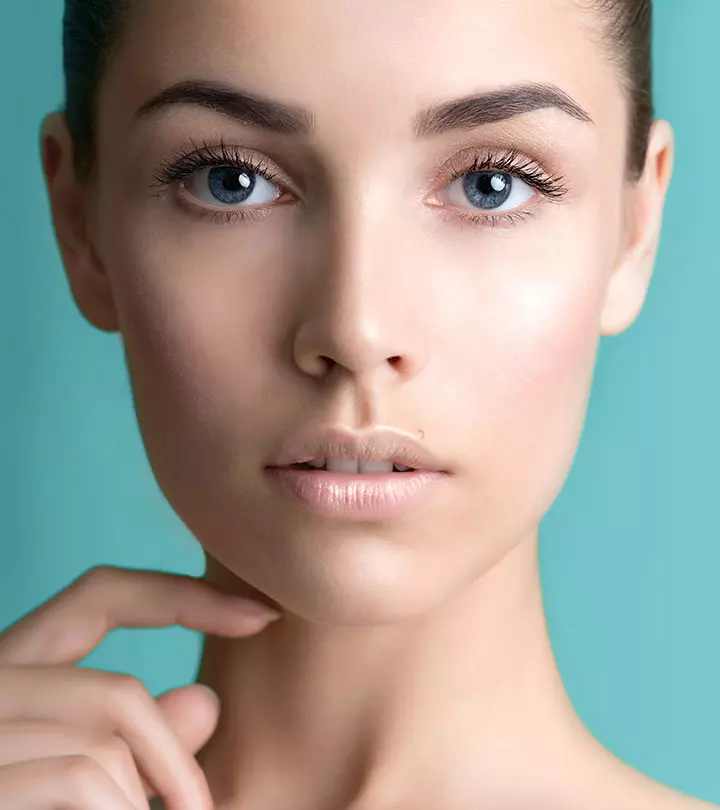
Community Experiences
Join the conversation and become a part of our empowering community! Share your stories, experiences, and insights to connect with other beauty, lifestyle, and health enthusiasts.